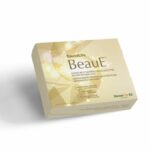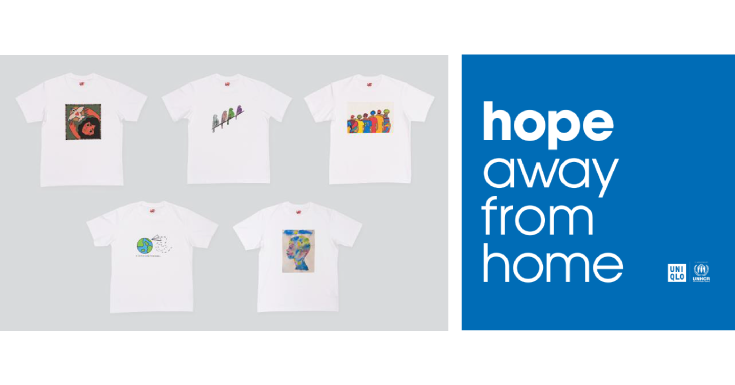Cholesterol: The Good, the Bad and the Ugly
Maintaining a healthy body is no longer an easy task today. In addition to the increasing levels of stress, we have a variety of fast, easy and unhealthy food options that are not just nutrient deficient, but also high in substances that our body is not in need of. Moreover, our food nowadays is also highly contaminated with chemical residues from fertilisers and pesticides used. Cardiovascular disease continues to be one of the major causes of death and hypertension remains one of the challenges that need to be addressed.
The weight-heart connection is simple: Weight loss is a shield against coronary heart disease. Obese people have a higher than average incidence rate of cardiovascular disease. This may be accountable to a variety of factors, one among them being lipid or cholesterol profile. We all have heard a lot about cholesterol levels, food and medicine to keep it at check and risk factors associated with high levels of cholesterol.
Table of Contents
Relevance of Cholesterol In Our Body
Here are some important facts about the role of cholesterol in our bodies:
- Cholesterol is produced by the body in large quantities relative to other substances. All cells contain it and all tissues make it. Every cell regulates its own level internally.
- Cholesterol gives cell membranes their integrity and strength.
- Cholesterol enhances the permeability-barrier properties of the lipid bi-layer. This means that nutrients get in and impurities are kept out. This is critical for proper cell nutrition.
- Bone would be hollow and brittle if it were not for cholesterol and protein.
- Cholesterol has a major structural role in the brain, where it is found in high concentrations. It enables nerve impulses.
- Vitamin D is made from the interaction between cholesterol and sunlight hitting your skin, so that calcium can be utilised.
- Bile, manufactured by the liver and essential for proper fat digestion, is produced from cholesterol. A major portion of the body’s cholesterol is used by the liver to produce bile salts. These salts are crucial in digestion to ensure fats get broken down and oil-soluble vitamins (A, D, E and K) get utilised. Cholesterol is essential for the liver and intestines to function properly.
- Cholesterol protects the skin against absorption of water-soluble toxins.
- Cholesterol holds moisture in so that we do not dehydrate. It gives the skin a nice, naturally moisturised feel.
Having seen so many important roles played by cholesterol, why do we always blame it as the cause of our cardiac ill-health and body weight concerns? Getting to know it more closely, we find that it is not just cholesterol, but lipids as a whole that play a significant part.
Among them, we have The Good, The Bad and The Ugly.
- The Good: HDL stands for High Density Lipoproteins. HDL carries toxins and cholesterol out of the cell and to the liver so that they can be processed and the unused portion excreted along with the toxins. HDL is nothing more than the cholesterol not required by the cell recycled back to the liver.
- The Bad: LDL stands for Low Density Lipoproteins. LDL transports essential Fatty Acids (vital fats) into the cell. Because LDL transports fats into the cell (even though the fats it transports are vital for proper cell function), it was termed “bad” simply because they are fats.
- The Ugly: Triglycerides pose a 70% increased risk– independent of cholesterol. Triglycerides are produced predominantly from dietary carbohydrates, and not from dietary fat. A high-carbohydrate diet causes triglyceride levels to rise. High triglycerides are a strong warning signal that something is seriously out of balance. As a rule, triglycerides (fats in the blood) decrease as we lose body fat.
Keeping Cholesterol in Check
Sure, one can probably lose weight with any diet. But since a good diet should provoke long-term eating habits, those habits should be heart- and body-friendly. It’s not just how much we eat, but also what we eat. The body makes all the cholesterol it needs. So it’s best that we limit the intake of high lipid foodstuff. The cholesterol in our diet raises the cholesterol level in our blood-but not as much as saturated fat. However, the two often are found in the same foods. So by limiting our intake of foods rich in cholesterol, we’ll also help reduce our intake of saturated fat.
Foods high in fibre can help reduce our risk of heart disease. It’s also good for our digestive tract and for overall health. There are two main types of fibre-insoluble and soluble (also called “viscous”). Both have health benefits but only soluble fibre reduces the risk of heart disease. It does so by helping to lower LDL cholesterol. The difference between the two types is how they go through the digestive tract. Insoluble fibre goes through it largely undissolved. It’s also called “roughage” and helps the colon function properly. Soluble fibre dissolves into a gel-like substance in the intestines.The substance helps to block cholesterol and fats from being absorbed through the wall of the intestines into the bloodstream.
In a recent study done by Dr. Horne at the Intermountain Medical Center in Utah, fasting has shown to be helpful in improving cardiac health. In this study it was found that periodic fasting helps to convert bad cholesterol in fat cells into energy. After about 10 to 12 hours of fasting, the body starts scavenging for other sources of energy to sustain itself; thereby pulling out LDL cholesterol from fat cells and utilising them as energy. This study was done on subjects in the age band of 30 to 69 years and who had at least 3 risk factors from among a large waistline, a high triglyceride level, a low HDL level, high blood pressure and high fasting blood sugar level. At the end of a six week period, there was a 12% reduction in lipid levels in addition to weight loss.
One does not need to run marathons in order to lose weight and stay in shape. A healthy and active lifestyle would be enough. So how active is active? It varies among individuals. We need to assess our limits and assert ourselves more by raising the bar every time. By doing this we begin to notice a difference in our energy levels and body weight. We see ourselves getting nearer to the normal range from the overweight or even obese range. The effects of obesity on health have been well identified and recognised. Several studies have shown the relationship between waist circumference, waist-to-hip ratio and body mass index, either alone or in combination to be predictive of cardiac and overall health in general.
Use the “SMART” Approach
All this information calls for active lifestyle changes. When we start making changes, we need to use the “SMART” approach.Whether it’s reducing fat intake, eating more fruits and vegetables, losing excess weight, fasting, or becoming more physically active, they all need to be done in a structured and systematic manner. But knowing how to approach a change helps make the change possible. And that’s what the “SMART” approach does. Using this method, one can set goals that are Specific, Measured, Appropriate, Realistic, and Time-bound.





















Leave a comment